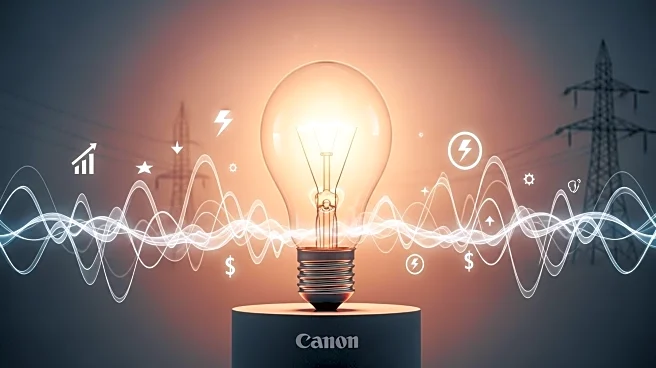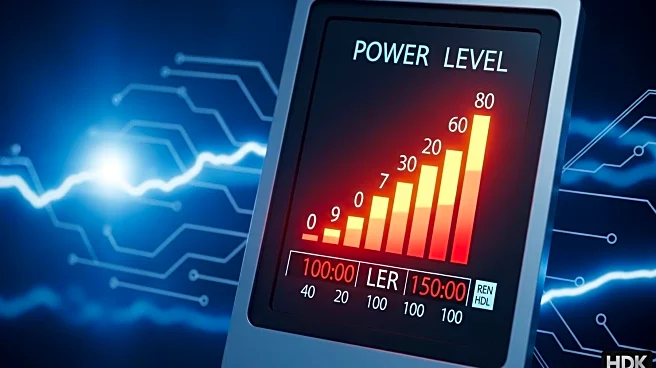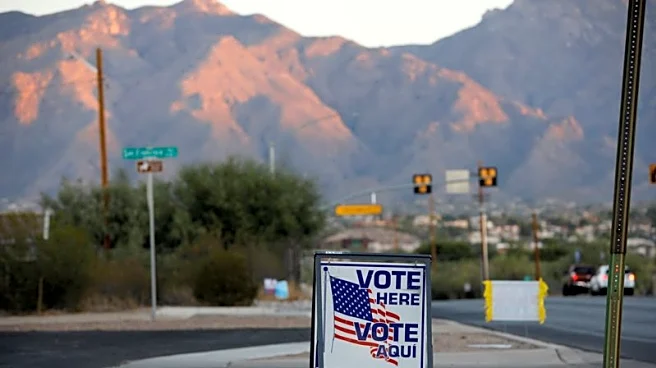What is the story about?
What's Happening?
Residential electricity rates have increased by 6.6% compared to last year, driven by rising natural gas prices and growing demand. The U.S. Energy Information Administration reports significant rate hikes in states like Maine, the District of Columbia, and New Jersey. The average electricity price across all sectors rose by 5.2% to 13.88 cents per kWh. Natural gas prices at the Henry Hub increased by 22.6% to $3.11 per million British thermal units, influencing wholesale power prices. The demand surge is partly attributed to artificial intelligence data centers and extreme weather conditions, which have stressed utility budgets.
Why It's Important?
The increase in electricity rates impacts consumers, particularly residential customers, who face higher utility bills. Rising costs may lead to financial strain for households and businesses, affecting economic stability. The demand for infrastructure projects and grid upgrades further complicates the situation, potentially leading to more rate hikes. The loss of clean energy tax credits and tariffs could exacerbate the issue, influencing future energy policy and investment decisions.
What's Next?
Utilities may continue to propose rate increases, with potential impacts on consumer affordability and public backlash. Policymakers and regulators might face pressure to address rising costs and explore solutions to mitigate the financial burden on consumers. The focus on renewable energy and infrastructure improvements could shape future energy strategies and regulatory actions.
Beyond the Headlines
The rising electricity rates highlight broader challenges in energy policy, including the balance between demand growth and sustainable energy solutions. The situation underscores the need for strategic planning in energy infrastructure and the potential role of renewable energy in stabilizing prices.
AI Generated Content
Do you find this article useful?















